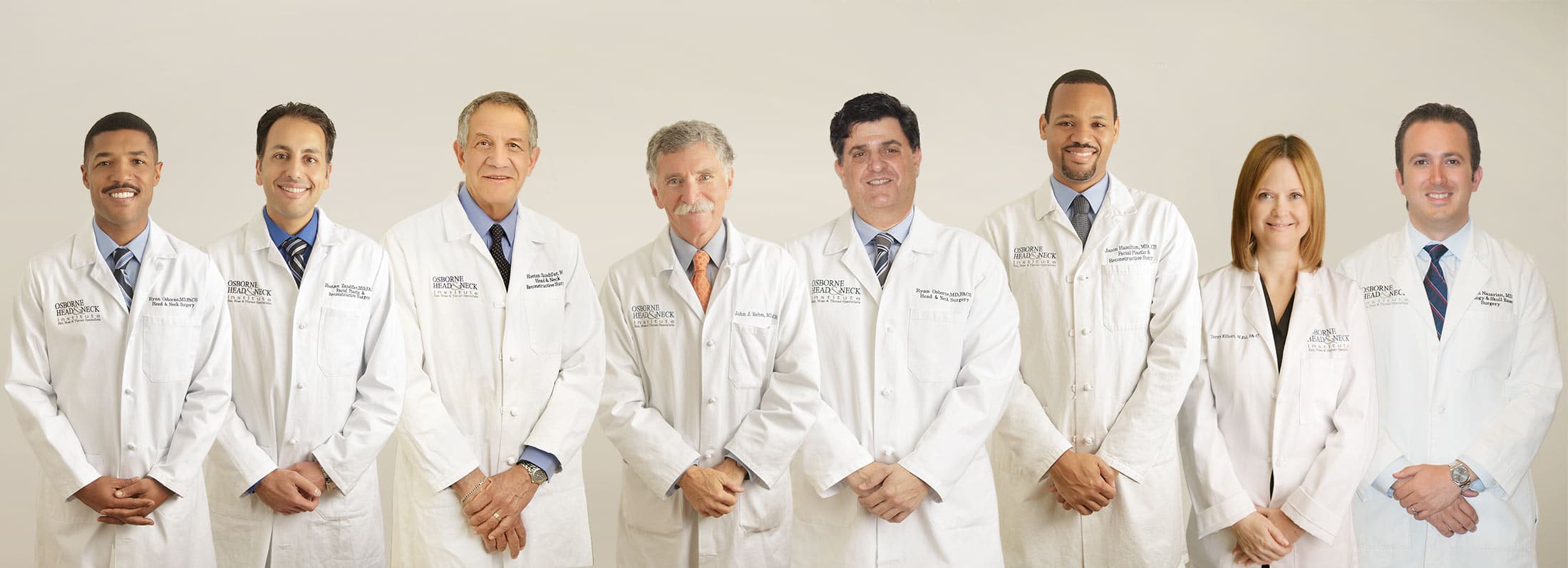What is hyperacusis?
Hyperacusis is the medical term for noise sensitivity. It is the sensation of discomfort and even pain to loud sounds. This can have a tremendous effect on a person’s quality of life, making it uncomfortable or unbearable to participate in daily social, public, or work-related activities.
How is hyperacusis diagnosed?
As part of the screening process, you will undergo hearing tests as well as loudness discomfort level testing to determine how much noise you are able to tolerate. Loudness discomfort level testing is done at the same time as your hearing test, and takes about an additional 15 minutes to complete. During the test, you will be asked to listen to progressively louder sounds, until you indicate that you are uncomfortable with the volume of the sound.
What are possible treatments for hyperacusis?
Hyperacusis can be treated through sound processing therapy, which is a process of re-training the brain and auditory system to tolerate louder sounds. The therapy involves use of white noise in various settings and training with an audiologist to help adapt to louder sounds. The therapy can last up to 12 months.
A new surgical procedure has also been described in the medical literature, which involves placing tissue into the middle ear to help dampen loud sounds. This procedure is named the round window and oval window reinforcement procedure.
What is it like to have surgery for hyperacusis?
The round window and oval window reinforcement procedure is short, minimally invasive, and performed on an outpatient basis. Patients are discharged the same day, and recovery time is just a few days. A simple explanation of how it works is similar to an ear plug on the other side of the ear drum. Unlike an ear plug, patients do not feel any loss of hearing, but describe some relief of pain and discomfort from very loud sounds
What is the exact surgical technique in hyperacusis surgery?
The entire surgery is performed through the ear canal by use of an operating microscope. The surgery is minimally invasive and the incisions made are hardly visible. The middle ear is accessed by elevating the eardrum with special instruments. A small amount of the patient’s tissue is removed from the ear and is used to cover the round window and oval window. The eardrum is then be placed back down and the ear is packed for 5-7 days.
What kind of pre-operative tests are needed before planning surgery?
- Audiogram
- Tympanogram
- Loudness Discomfort Levels
- Hyperacusis Questionnaire
- CT scan of the ear
How do I know if I am a candidate for round window and oval window reinforcement surgery?
Patients who have sensitivity to loud noise and have failed conservative medical therapy could be candidates for the procedure. The above tests are recommended prior to considering a surgery. If you suffer from severe depression or anxiety, we recommend you seek medical help prior to considering surgery.
What should I expect in the post-operative recovery period?
Patients are discharged on the same day, and can usually return to light work duties within 2 days after the surgery. There is minimal pain, which can be treated with mild pain medications. There will be surgical packing in the ear for the initial 5-7 days after the procedure, so patients feel like their ear is plugged or muffled until the packing is removed. Patients can usually fly about 5-7 days after the procedure. The expected outcome of a successful procedure is to dampen loud noises without decreasing the patient’s overall hearing function.


